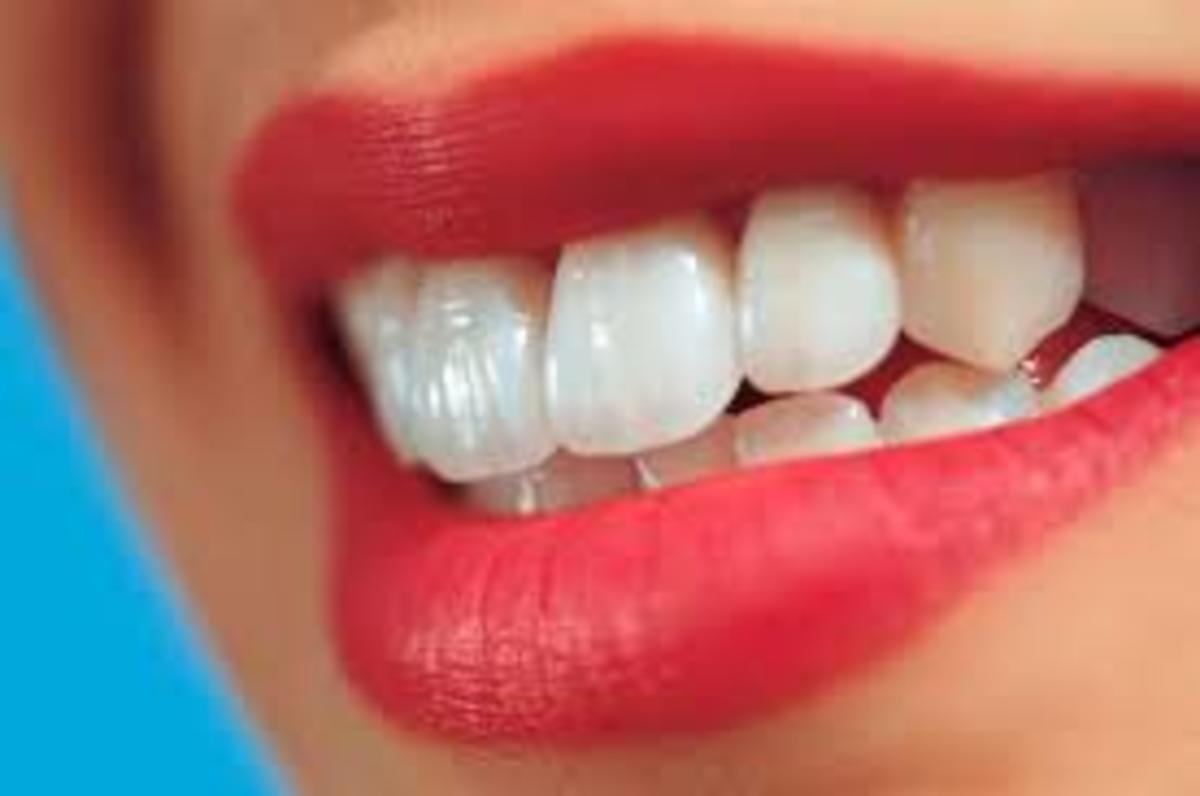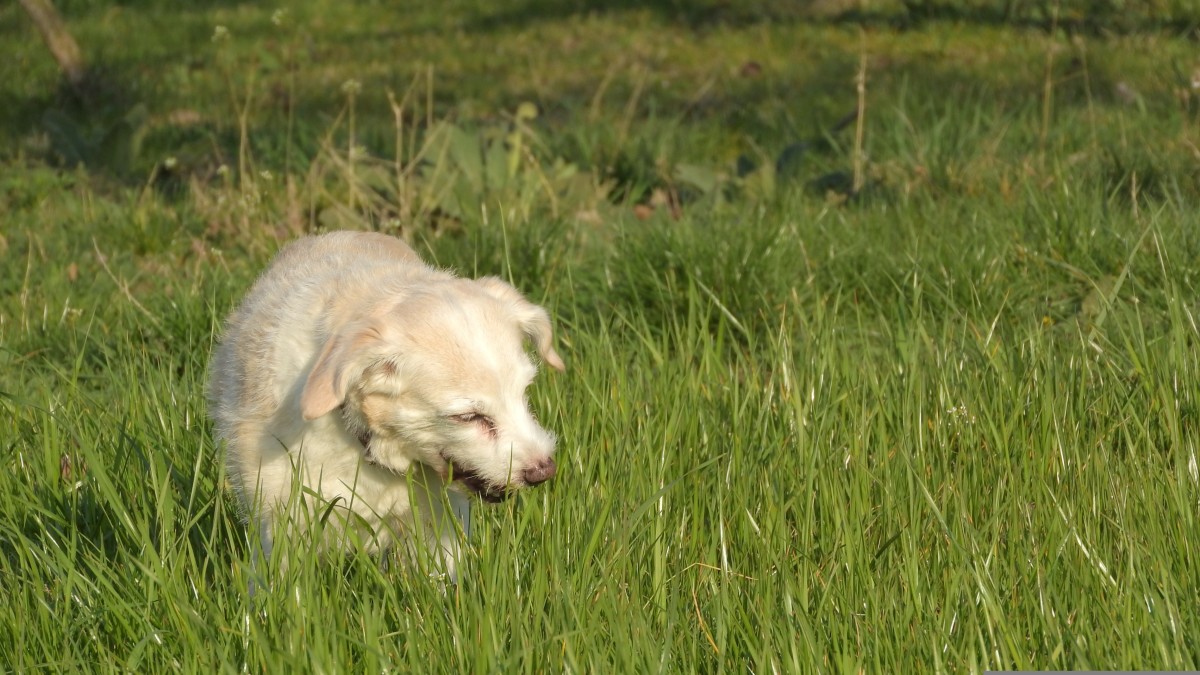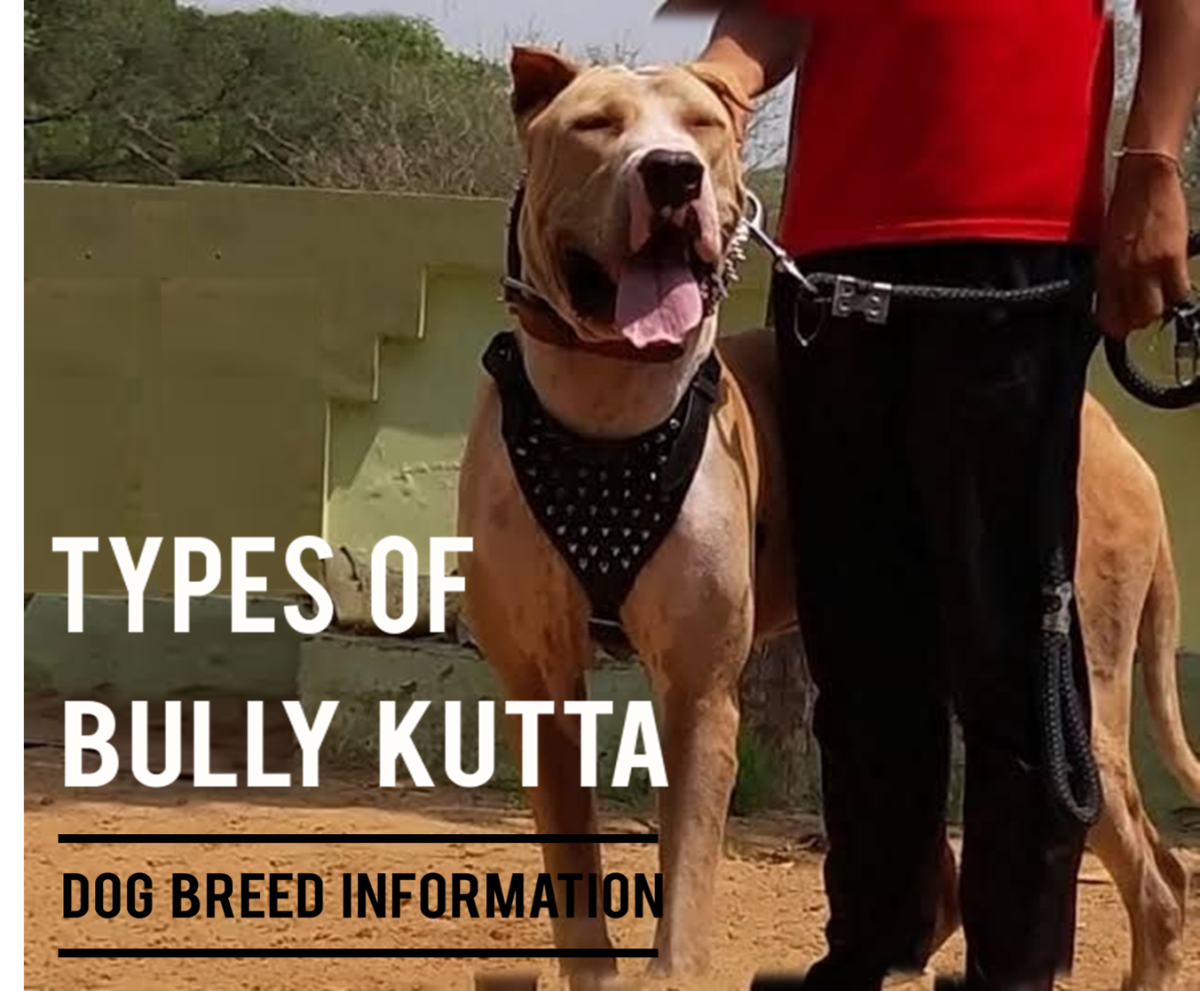Looking after your K9's teeth - a gritty problem!
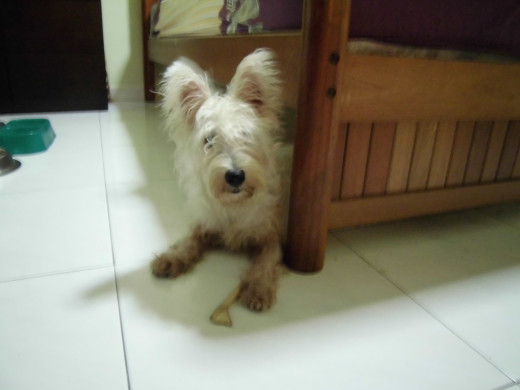

Yet again, giving my dog’s teeth a clean is not a want-to-do activity I would put on my To-Do or Linoit lists. Yet, the proper canine oral care needs to be practiced on a daily practice to prevent the build up of dental disease and a whole host of oral problems. Dogs are subject to what I term ‘dog breath’ - really foul odor from the mouth which comes about if one is neglectful.

Why must you clean your dog’s teeth?
Cleaning a dog’s teeth is a necessary, daily activity that is set up to prevent the build up of dental and gum disorders that are the cause of bad breath in dogs. Like ourselves, a dog’s mouth must be cleaned in order to prevent a build up of plaque and tartar that can cause a dog’s breath to really assail your nose. Gum diseases such as gingivitis and peridontal disease can also develop, which contribute to a really foul canine mouth.

Types of oral diseases in dogs
Halitosis or Bad Breath
The most obvious sign of things going awry in a dog’s mouth would be the onset of halitosis or bad breath in your dog. If you sense that your dog’s breath is worse than usual, it is a sign of a more serious problem - your dog could be suffering from gum disease or have a build up of tartar that needs removing. You will find that there is a chain effect where oral diseases are concerned:
plaque-----tartar-----gingivitis----peridontal disease------other oral problems-halitosis
And the main causes of halitosis are:
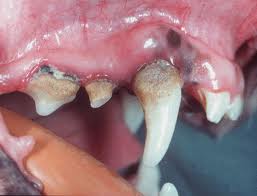
Plaque
Oral problems in dogs usually start with plaque. Plaque is the accumulation of saliva and bits of food that get stuck to the surfaces of the mouth, which are difficult to remove because they are usually tiny and are easily hidden in dental crevices. When ignored, these bits of food begin to harden, - and the dog therefore has bad breath.
Plaque is a common occurrence in the human mouth too - we remove it with Listerine and a host of other dental mouth washes. It should not be surprising that our furry friends suffer from it too!
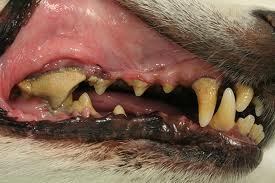
Tartar
This is an advanced form of plaque - when it hardens and mineralizes. A hard substances then begins to form on the teeth,especially around the gum line, and causes the dreaded halitosis.
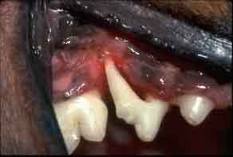
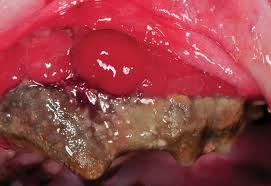
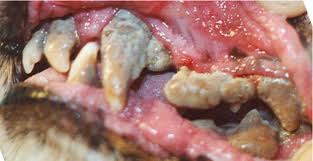
Gum Disease
Gingivitis
Gingivitis occurs when a dog’s gums become inflamed. This usually means one thing- an infection and a trip to the vet! Inflammation of the gums is caused mostly by plaque - and that forms when we do not clean
Peridontal disease
Peridontal disease usually develops as a more advanced form of gingivitis - this is when pockets of bacteria start to form on the gums, resulting in infection that can spread to the rest of the body.
Gingivitis and peridontal disease are more prevalent in smaller dogs - blame it on nature - their teeth are often too large for their mouths!


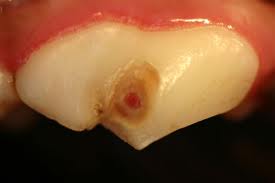
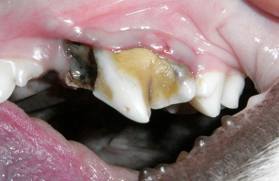
Other oral problems
Broken Teeth
Your furry friend may lose a few teeth as a result of the decay that comes as a result of poor oral care, just as much as we do. Halitosis would, of course, be an accompanying problem.
Loose or missing teeth
Like ourselves, dogs will also lose their teeth if they are not cared for properly - they become dislodged, loose and eventually fall off.
Treatment
Plaque and tartar are usually treated by scaling - veterinarians use a number of hand instruments and ultrasonic devices to remove plaque and tartar build up. Regular brushing, of course, reduces plaque, tartar and the build up of gum disease significantly.
The scaling process, of course, can be a little costly - but can be avoided with regular care and attention to the teeth. I had neglected my dog’s teeth for a period - and he developed a bad case of tartar. Expensive scaling had to be done, combined with tooth polishing, to ensure that his teeth were in proper order.
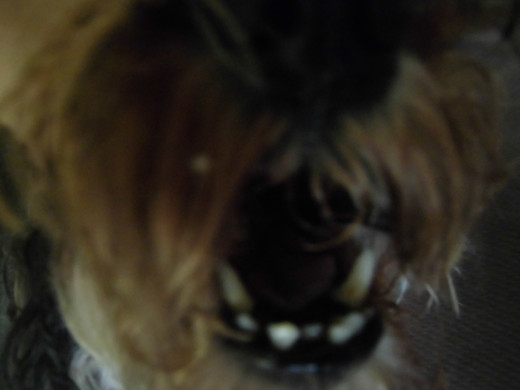
The The necessary steps to good canine oral care
Test your dog’s breath.
Again, this is not something you would “like” on Facebook or put up as a Pinterest Pin.A dog’s mouth, especially one with halitosis, can have a really offensive odor that can put one off dental care altogether. If your dog’s breath is particularly bad, it is a definite sign of a more serious oral problem.It should be checked every day; if, after brushing, the problem persists, do consult your veterinarian.
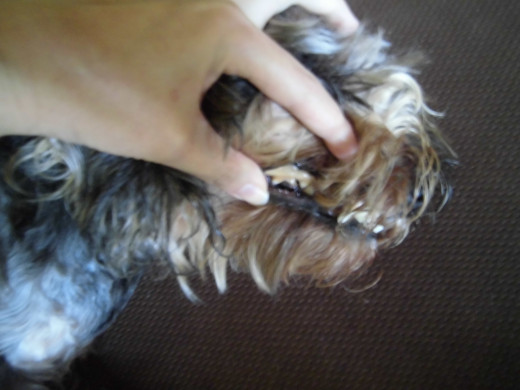
Examine your dog’s gums and teeth.
This is a process that needs to be repeated at least once a week. With your dog facing you, check his teeth for plaque or tartar. Examine the gum line thoroughly for any bits of food lodged within. Your dog’s teeth should be clean, with no brownish tartar. Look out for any signs of decay, loose, or missing teeth.
It is recommended that you pull your dog’s gums gently back until the teeth at the back are exposed. The side tooth that touches the cheek usually has the most tartar. When brushing a dog’s teeth, most people neglect the teeth that are right at the back. These are the most prone to tartar build up.
Know your dog's mouth disorders
Do know your mouth disorders - recognizing them is the first step to prevention and cure. If you are not certain of a problem but sense it, do consult your veterinarian. other than the basic Plaque, Tartar, Gingivitis and Peridontal Disease, there are a few other disorders to be aware of - they are signs of more serious problems.
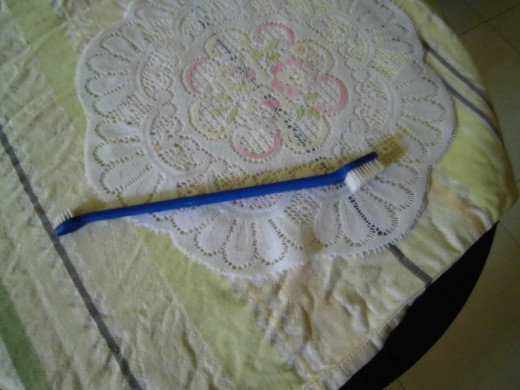
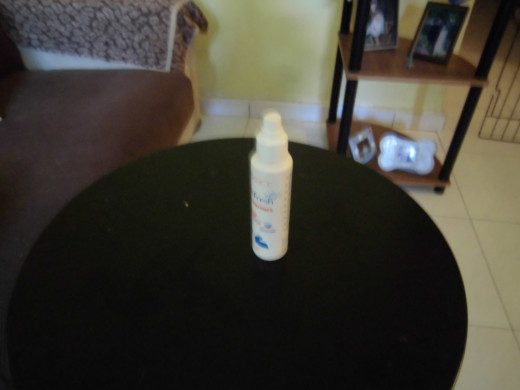
Get a canine tooth brushing kit!
Canine tooth brushing kits, like all pet care products, tend to be a little more expensive than the ones we use. These, however, are targeted at dogs and would improve their oral hygiene.
Enzymatic toothpaste for dogs is a little more expensive, but serves its purpose in thoroughly cleaning a dog’s teeth. Accompany that with a toothbrush specially designed for dogs - those with softer bristles. Some can be as convenient as a piece of gauze worn over the finger.
A veterinary examination might tell you if your dog’s gums are inflamed - mild gingivitis can be a little harder to detect. If your dog does suffer from mild gingivitis, brushing his teeth too hard may be rather painful.
Combine these with a good dental spray for a thorough cleaning of the mouth - enzymatic dental spray helps to remove enzymes that cause plaque.
If your dog has not had his teeth brushed before, get him slowly used to it - rub his muzzle, incisors and teeth before introducing him to the brush. Many owners make the mistake of just jumping into things with a toothbrush. Assure your dog throughout - makes him more confident!
The brushing technique
Yes, there is the correct way to brush a dog’s teeth. Use the brush or a gauze shaped finger to clean the teeth in circular motions. This ensures that the teeth are not brushed too hard and with thoroughness. Do note - this is the way we should be brushing our own teeth!
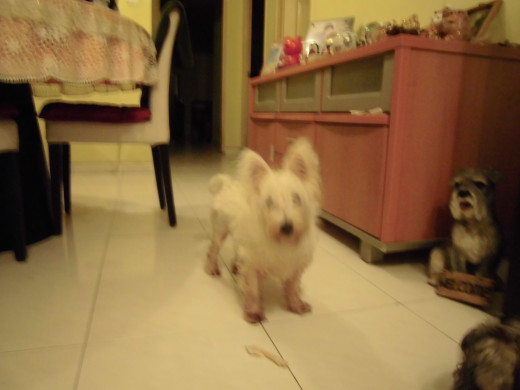
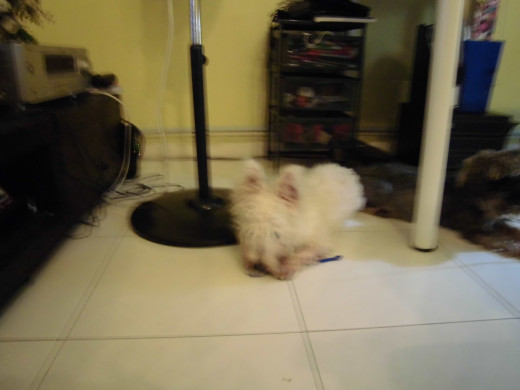
Let your dog chew artificial bones.
Letting your dog do a little chewing allows it to exercise its teeth and gums, and removes plaque - a very effective way to start getting your dog used to the idea of brushing. if your canine already has this habit, get him to chew on a brush with toothpaste - this means that he can do it himself!
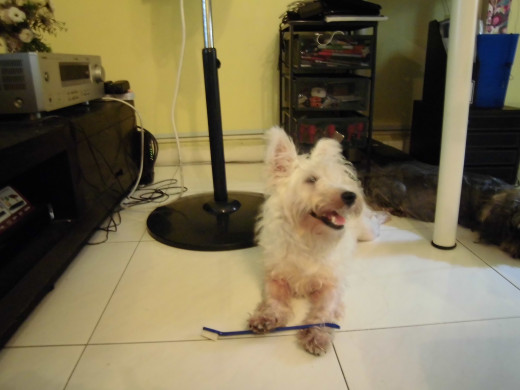

Fun facts about a dog’s mouth
Is a dog’s mouth cleaner than a humans?
Interestingly enough, some folks believe that a dog’s mouth is cleaner than a human’s. I once had a neighbor tell me to let my pomeranian lick the scrape wound I hand on my hand - she insisted that the saliva was medicinal in nature.
The truth is, though many communicable diseases like rabies are not transferable to humans, a dog uses his mouth in the same way we use our hands - so the build up of bacteria within is rather high.
A dog’s tongue helps to reduce its body temperature.
Dogs use the tongue to reduce its body temperature. As a dog pants, air passes over the tongue and is cooled - as as saliva evaporates, the cooling is enhanced.
Most dogs develop a level of mouth disorders by age 3.
Most of us, myself included, are a little guilty of neglecting a dog’s oral hygiene - hence most of them develop a certain level of mouth disorder by age 3.
Facial swelling is usually a result of tooth infection.
A swollen cheek could be an infection of the 4th premolar.
Sneezing can also be a result of a tooth infection.
Sneezing can also be the result of an infection of the upper canine. Do take note of this if your dog sneezes persistently.
Do look after your dog’s mouth - proper oral care from the onset will help to prevent and solve a myriad of problems!

Two bichons demonstrate how to brush their teeth themselves.

- The Dog's Mouth: Dental Facts
Dog dental facts, including the number and eruption of teeth in the puppy and common oral disease problems. - Veterinary Q & A - Salivary Gland Cyst (Sialocele)
Veterinary Q & A - Salivary Gland Cyst (Sialocele) - Dog Dental Disease
Dental disease is the most common health disorder affecting dogs. Most adult pets have some degree of dental disease, and it only worsens over time without appropriate care - ASPCA | Ten Steps to Your Dog’s Dental Health


